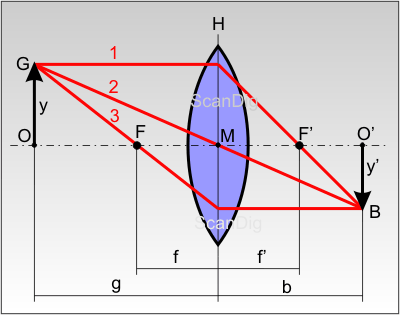heh, anyone got images of gravitational lensing around a black hole? i wanna see the real thing
https://www.google.nl/search?q=grav...ved=0ahUKEwjjgfC8tK7MAhWFBsAKHay6D1cQ_AUIBygB
Last edited:
heh, anyone got images of gravitational lensing around a black hole? i wanna see the real thing
heh, anyone got images of gravitational lensing around a black hole? i wanna see the real thing
Possibility B) (FALSE) This leaves us with one option to explain ED's "bad astronomy" lensing effect: your ship must be roughly the same size as a black hole!!! Here we see an accurate lensing effect, with the black hole focusing light onto a line. However, in order to match the moving star effect we see in ED, the ship is forced to be so ENORMOUS (or the black hole is so small) that rotating the ship changes the apparent position of the background star! Below you can see a picture of the way accurate lensing would hit a humongous Asp at different points along the hull, so that turning your ship would move the background stars... again, utterly false.
http://i.imgur.com/rT5UAjX.png
I guess in FD's defence - they will almost certainly know everything that's wrong with BHs - but the challenge is accurately rendering lensing effects in realtime in a game engine that also has to be bothered with lots of other things outside of just the skybox etc.
This is great stuff Ziljan
I'm no graphics programmer any more - but I can't see how they can possibly do it anything approaching accurately without using pixel shaders and ray casting - something that's definitely doable in non-game scenarios, but when there are numerous other 3D artefacts to attend to I'm not sure is something that's realistically achievable on current hardware.
However - there are a lot of clever people involved here, and I'm sure it'll get better.


I am no astronomy expert but isn't a black hole a singularity, thus infinitely small? So shouldn't it be correct that our ships are much bigger than the black hole (as their size is >0)? Shouldn't the black hole better be represented by a dot instead of a circle in your drawings?
If we're talking about the black hole itself that is, not about its Schwarzschild radius.
None of your pictures are accurate models of an optical lense effect.
You missed more than half of the lightpoints.
It's a video game.
Unlike galaxies and nebulae, Stars are mathematical point sources. And the other "half" of the paths of light either travel through the event horizon (never to be seen again) or they never focus at your location from the other side of the black hole. The only way to get light lensed from both sides of the black hole from the same distant source is if the object is directly behind the black hole. This is what is known as an Einstein Ring
Good question though. But just to be clear, real black holes don't act like optical lenses. They can't focus at a point, only along a radial line. Which was kind of the the whole point of the OP.
If black holes could focus light at a single point like a lens, then that would mean that gravity increased with distance! Lol. I hope we can all agree that gravity decreases with distances?. Otherwise Issac Newton is going to be pretty upset.
But just to be clear, real black holes don't act like optical lenses. They can't focus at a point, only along a radial line.
that's the simulated gravitational lense effect from there: https://upload.wikimedia.org/wikipedia/commons/0/03/Black_hole_lensing_web.gif which looks pretty much like the ED one
The thing in ED is you see such effects just by turning your head, which in reality it wouldn't.
Well, supercruise is already implemented against all current scientific knowledge. You fly faster than light - that should (or should not?) produce quite different imagery for our weak monkey eyes. As far as I can tell, there's not the slightest difference between <1c and >1c.Moving at great speed in supercruise past a black hole should indeed (and does) produce a similar effect in the game.
